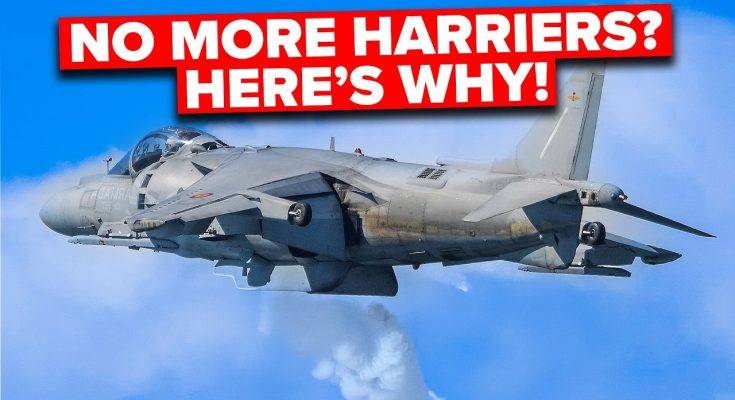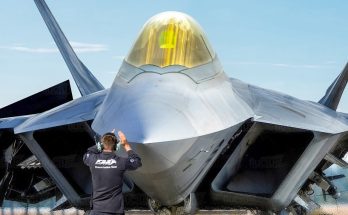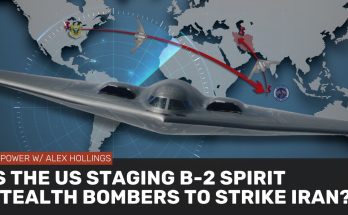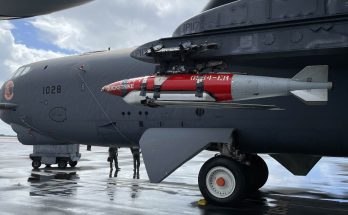The UK’s decision not to produce another Harrier jet after the original Hawker Siddeley Harrier and its derivatives, such as the Sea Harrier, was influenced by several key factors including economic constraints, shifting military priorities, and the changing nature of global defense technology.
1. Technological and Economic Challenges
The original Harrier was an innovative jet with the ability to take off and land vertically, making it valuable for operations in confined spaces like aircraft carriers or smaller military bases without long runways. However, the technology behind vertical/short take-off and landing (V/STOL) aircraft was complex, requiring specialized engineering and extensive maintenance. The Harrier’s design was groundbreaking, but the cost of maintaining the aircraft, combined with its relatively limited range and payload compared to conventional jets, made it a less attractive option for long-term investment.
The UK faced ongoing economic challenges, especially in the 1980s and 1990s, and defense spending was often constrained. With defense budgets under pressure, the UK government was reluctant to pour resources into further development of the Harrier concept. Instead, it focused on more versatile, cost-effective aircraft options that could meet broader military needs. The complexity of the Harrier’s design meant it was expensive to manufacture and maintain, leading to limited production runs.
2. Shifting Military Needs
In the 1980s, after the Falklands War, the UK’s armed forces were heavily invested in maintaining their capability to defend overseas territories and perform amphibious operations, tasks for which the Harrier was well suited. However, as the Cold War ended, military priorities shifted. The UK began to focus more on larger-scale multi-role fighter jets, such as the Tornado and later the Eurofighter Typhoon, which offered greater versatility, range, and payload capacities for a wide variety of missions, from air superiority to ground attack.
The Harrier, while still useful for niche roles, was not seen as versatile enough to handle the evolving demands of modern warfare. With its vertical/short take-off and landing abilities, it remained a specialized platform. As NATO and other military alliances moved toward more standardized fighter aircraft, the Harrier became increasingly sidelined in favor of more conventional designs that could handle a wider array of tasks.
3. Advances in Alternative Aircraft
In the 1990s and 2000s, the development of other types of aircraft, like the F-35 Lightning II, which featured both conventional takeoff and landing (CTOL) and V/STOL variants, further diminished the Harrier’s appeal. The F-35, produced by a consortium of international partners including the UK, offered a modern, highly capable stealth fighter with multirole capabilities, including vertical/short take-off and landing, and much more advanced avionics, radar, and weapons systems than the Harrier could offer.
This shift to more capable, versatile, and cost-effective aircraft led the UK to retire the Sea Harrier in 2010, replacing it with F-35Bs that could perform similar missions but with superior capabilities. The new jets were more aligned with the modern needs of the UK’s defense strategy, offering interoperability with NATO and enhanced multi-role performance.
4. End of the Harrier Legacy
In 2010, the UK made the decision to retire the Harrier fleet and shift its focus to more advanced platforms, marking the end of the Harrier’s production run. The decision was not simply about the aircraft’s capabilities but about the larger direction of military technology. The Harrier had served its purpose in unique roles, but the need for future platforms that could perform a wider variety of missions made it obsolete. The shift toward the F-35, alongside the growing importance of stealth, radar evasion, and precision strike, meant that further development of the Harrier was no longer viable in the long term.
Ultimately, the UK’s decision to not develop another Harrier jet was a combination of technological limitations, economic factors, and evolving military priorities, with the emergence of more advanced, capable alternatives like the F-35 signaling the end of the Harrier’s legacy in British military aviation



